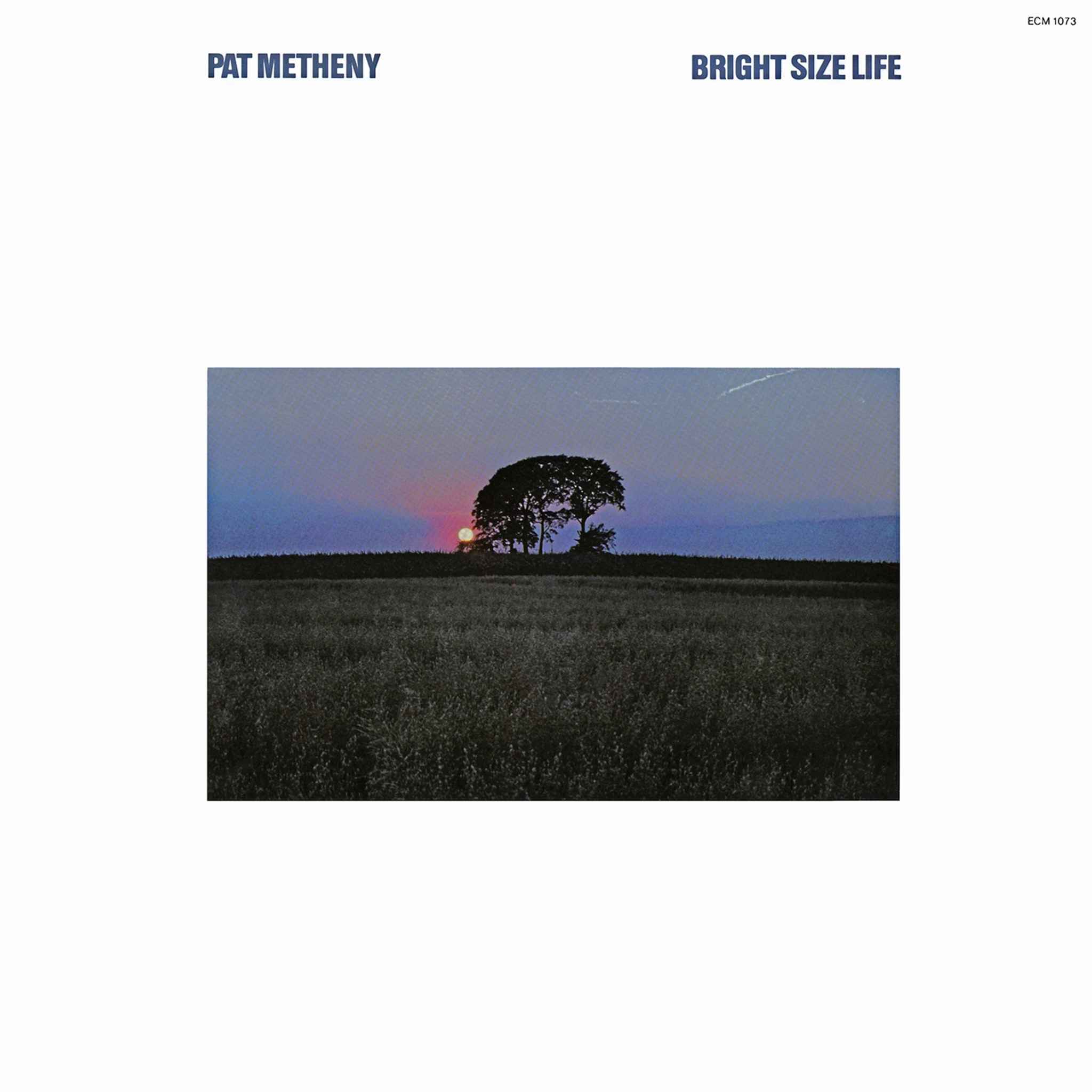Album insights
Hieronymus Praetorius, geboren 1560 in Hamburg, stammte aus einer Musikerfamilie: Sein Vater Jacob war sowohl Organist an der Jakobikirche als auch an der St. Gertrudskapelle. Nach dem frühen Tod des Vaters übernahm Hieronymus schon in jungen Jahren dessen Stelle als Organist und blieb dieser Aufgabe sein Leben lang treu. Insgesamt wirkten Vater und Sohn gemeinsam 75 Jahre an der Jakobikirche in Hamburg. Von Jacob Praetorius ist nur eine einzige Komposition, ein schlichtes vierstimmiges 'Te Deum', überliefert. Er sammelte deutsche und niederländische Kirchenmusik, während Hieronymus durch das Studium dieser Sammlung sein musikalisches Können entwickelte. Drei der vier Kinder von Hieronymus – Jacob, Michael und Johannes – traten ebenfalls in die Fußstapfen des Vaters und wurden Kirchenmusiker. Es ist jedoch zu beachten, dass Hieronymus’ Sohn Michael nicht mit dem bekannteren Komponisten gleichen Namens verwechselt werden sollte.
Die erste Veröffentlichung mit Werken von Hieronymus Praetorius erschien 1599 in Hamburg und umfasste unter anderem 'Gaudete omnes', 'O bone Jesu', 'O vos omnes' sowie 'Videns Dominus'. Drei Jahre später folgten acht Magnificat-Vertonungen in den verschiedenen Kirchentönen. In den folgenden Jahren kamen weitere Sammlungen geistlicher Musik hinzu, und zwischen 1616 und 1625 wurden seine Werke in einer fünfteiligen Gesamtausgabe publiziert. Besonders der Band von 1622 ist bedeutsam, da er das Hauptwerk, das zweite Magnificat quinti toni, enthält.
Die Motette 'Gaudete omnes' vereint unterschiedliche musikalische Stile und präsentiert Praetorius’ kontrapunktisches Geschick, das vor allem im abschließenden Alleluja zur Geltung kommt. 'O bone Jesu' lebt von einer spannungsvollen Energie, die mit sanften Melodiebögen verbunden wird. In 'O vos omnes' drückt Praetorius die Tiefe der Karwoche besonders eindringlich aus, während 'Videns Dominus' als doppelchörige Motette konzipiert ist.
Die Magnificat-Vertonungen von 1602 spiegeln die Vielfalt der Kirchentöne wider und demonstrieren Praetorius’ Innovationskraft im Rahmen strenger kompositorischer Vorgaben. Weitere Motetten wie 'A solis ortus cardine / Beatus auctor saeculi' und 'Oratio Dominica' verbinden Elemente des Chorals und der Polyphonie. Die Stücke 'Benedictio mensae' und 'Laudate Dominum' verdeutlichen die Bandbreite musikalischer Strömungen des 17. Jahrhunderts, indem sie sowohl imitatorische Polyphonie als auch homophone Harmonien integrieren.
Die beiden bekannten Kirchenlieder 'A solis ortus cardine' und 'Joseph, lieber Joseph mein', jeweils achtstimmig gesetzt, vermitteln die festliche Stimmung der Weihnachtszeit. Den Abschluss bildet das monumentale 'Magnificat quinti toni', das Praetorius’ kompositorisches Schaffen zusammenfasst.

